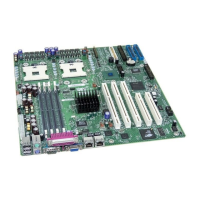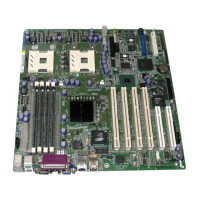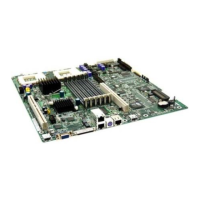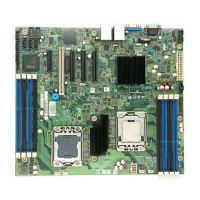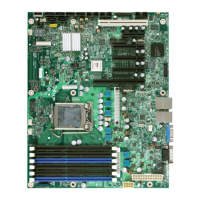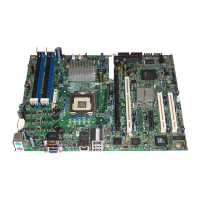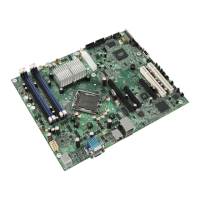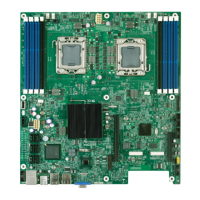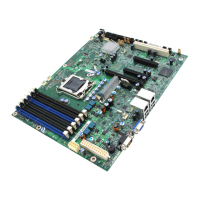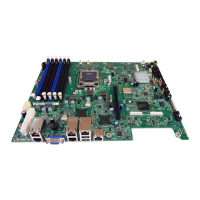Troubleshooting
26
4 Troubleshooting
This chapter helps you identify and solve problems that might occur while you are using the
system.
For any issue, first ensure you are using the latest firmware and files. Firmware upgrades include
updates for BIOS, the baseboard management controller (BMC), and the hot-swap controller
(HSC). See Additional Information and Software
for a link to the software updates. In addition to
the server firmware and files, also update any drivers used for components you have installed in
your system, such as video drivers, network drivers, and SCSI drivers.
Intel provides a package called the “Platform Confidence Test” that may help with your
diagnostics. See Additional Information and Software
for a link to this software.
If you are unable to resolve your server problems on your own, see Getting Help
for assistance.
Resetting the System
Before going through in-depth troubleshooting, first attempt to perform a reset of your system using
one of the following methods.
To do this: Press:
Soft boot reset to clear the system memory and reload the operating system. <Ctrl+Alt+Del>
Clear system memory, restart POST, and reload the operating system. Reset button
Cold boot reset. Turn the system power off and then on. This clears system memory,
restarts POST, reloads the operating system, and halts power to all peripherals.
Power off/on
Problems following Initial System Installation
Problems that occur at initial system startup are usually caused by an incorrect installation or
configuration. Hardware failure is a less frequent cause. If the problem you are experiencing is
with a specific software application, see Problems with Newly Installed Application Software
.
First Steps Checklist
Is AC power available at the wall outlet?
Are the power supplies plugged in? Check the AC cable(s) on the back of the chassis and at the
AC source.
Are all cables correctly connected and secured?
Are the processors fully seated in their sockets on the server board?
Are all standoffs in the proper location and not touching any components, causing a potential
short?
Are all add-in PCI boards fully seated in their slots on the server board?
Are all jumper settings on the server board correct?
Are all jumpers and switch settings on add-in boards and peripheral devices correct? To check
these settings, refer to the manufacturer’s documentation that comes with them. If applicable,
ensure that there are no conflicts—for example, two add-in boards sharing the same interrupt.
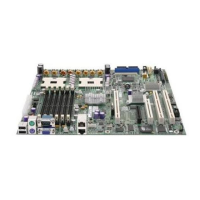
